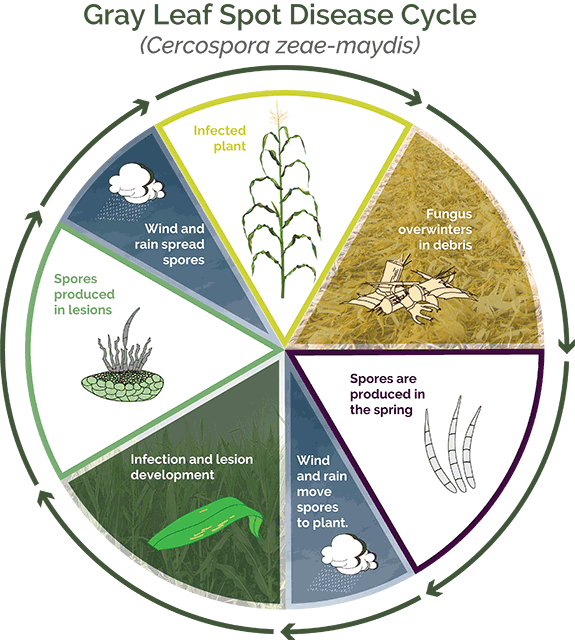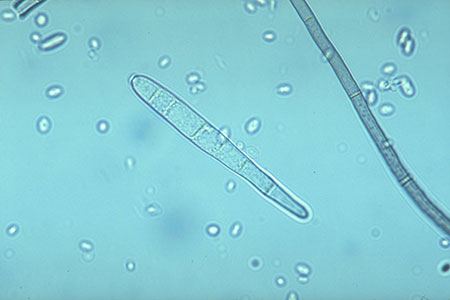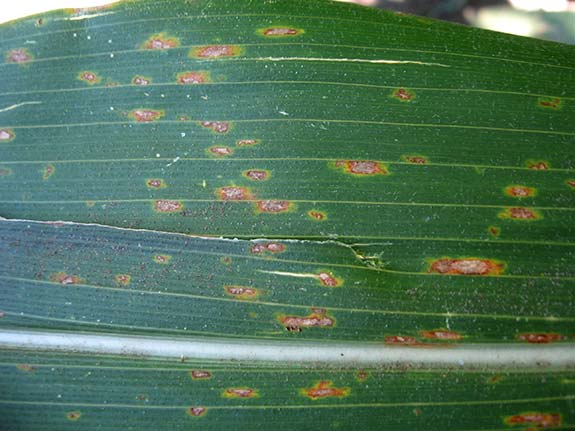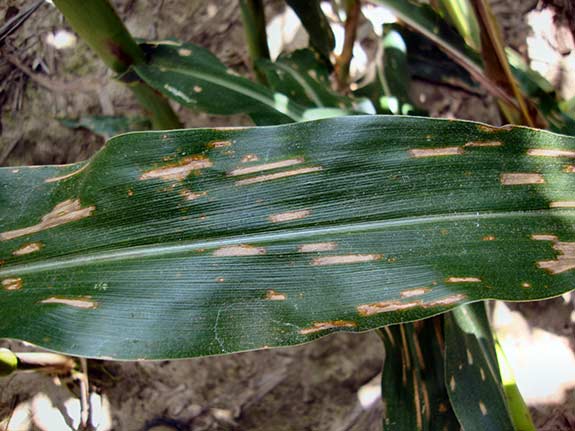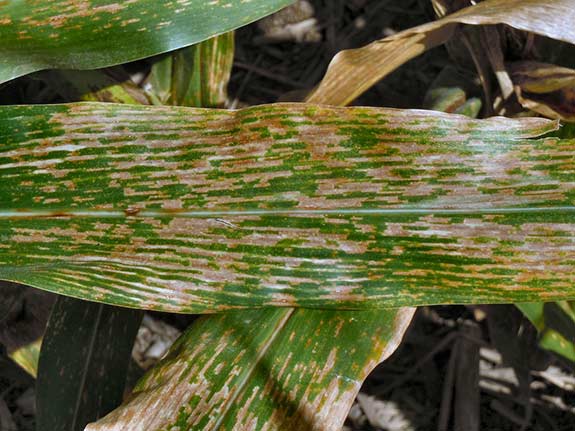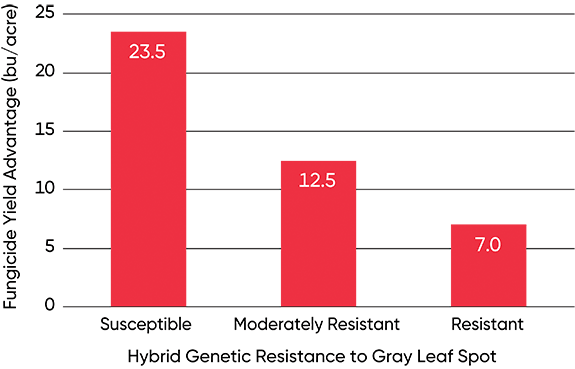Disease moves fast to destroy crop yields. You need a fungicide that works just as fast.
Aproach® Prima fungicideKey Points
- Gray leaf spot (GLS) is a common fungal disease of corn that overwinters in corn residue.
- Cropping systems with reduced- or no-till and/or continuous corn are at higher risk for gray leaf spot outbreaks.
- Planting hybrids with genetic resistance to GLS can help reduce the risk of yield loss due to infection, and foliar fungicides can be used to manage gray leaf spot outbreaks.
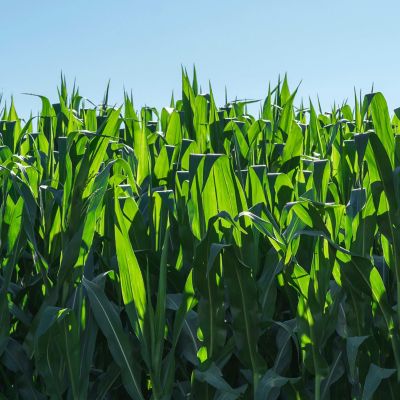
Aproach® Prima is not registered for sale or use in all states. Contact your state pesticide regulatory agency to determine if a product is registered for sale or use in your state. Always read and follow label directions.
The foregoing is provided for informational use only. Please contact your Pioneer sales professional for information and suggestions specific to your operation. Product performance is variable and depends on many factors such as moisture and heat stress, soil type, management practices and environmental stress as well as disease and pest pressures. Individual results may vary. Pioneer® brand products are provided subject to the terms and conditions of purchase which are part of the labeling and purchase documents.


